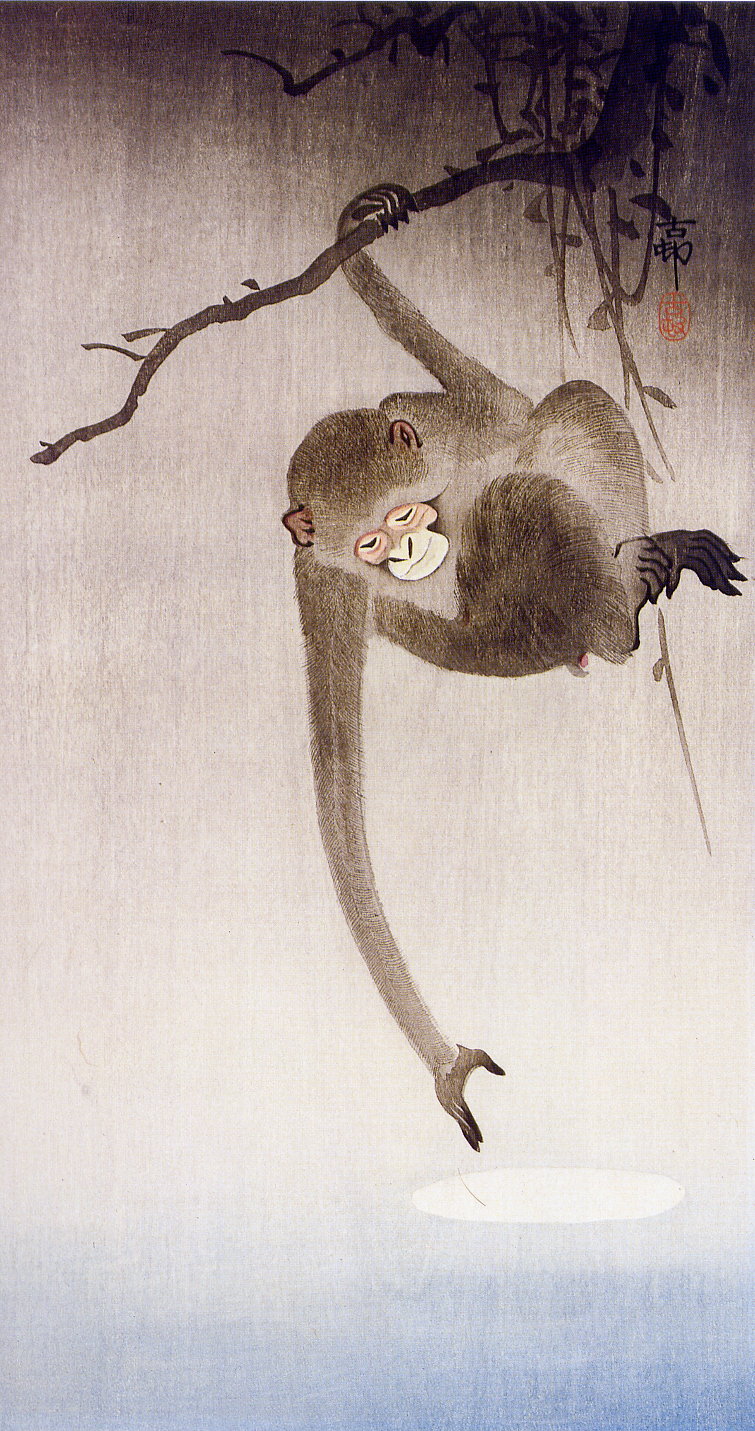Chapter 1
Imagine a book about the Way opening with the disclaimer that it is impossible to understand the Way through teaching alone. If taken the wrong way, it undermines the reader’s confidence in the book. But to a critical thinker, a claim like this shows that the author was well aware of his limitations, and the limitations of what can be expressed in language. There’s a note of the scientific method in this disclaimer: a scientist doesn’t make claims to absolute truth, only the best explanation possible for what we observe.
 It’s also a powerful instruction: if you would understand the nature of the Way,
though these lessons can help point the Way,
you’ll have to do most of the work yourself.
If you obsess about the text itself, the wording, following its rules,
then the thing you think you understand will not be the Way itself.
You’ll be like a monkey reaching for a reflection of the moon in the water,
thinking it is reaching for the moon itself.
It’s also a powerful instruction: if you would understand the nature of the Way,
though these lessons can help point the Way,
you’ll have to do most of the work yourself.
If you obsess about the text itself, the wording, following its rules,
then the thing you think you understand will not be the Way itself.
You’ll be like a monkey reaching for a reflection of the moon in the water,
thinking it is reaching for the moon itself.
After this follow two lines about ‘the nameless’ and ‘the named’. The literal translation uses some beautiful metaphors, but if you’re not familiar with ‘Heaven and Earth’ and ‘the ten thousand things’ it won’t make much sense. In this case Mitchell’s interpretation may be more helpful. And it is important to understand which two things are being described, because they are the theme of the rest of the chapter as well. In fact, true understanding of the nature of the mystery and the manifestations, and how they relate to each other, is an important part of understanding the entire Tao Te Ching.
The next couple of lines on being free of desire or filled with desire seem easy enough to understand on the face of them, but only reveal their true depth after much reflecting, and perhaps some life experience as well. I often find myself hurried, distracted, not at all at peace with myself (don’t we all). At such times I need to remind myself (quoting Mitchell again): “Caught in desire, you see only the manifestations”. And conversely, during deep meditation it always seems so obvious to me that “Free from desire, you realize the mystery.” I wish I could hold on to that state of mind, but maintaining it when life throws its trivial concerns at you is, in my experience, very hard to do.
For a long time, I had trouble understanding the last few lines. Many translate the metaphor here as “darkness within darkness”. I’ve tried again and again to understand that metaphor, without much luck. Things didn’t click until I read Derek Lin’s translation:
These two emerge together but differ in name
The unity is said to be the mystery
Mystery of mysteries, the door to all wonders
I like Lin’s interpretation that the “door to all wonders” is to understand how both the unnamed, eternal truth and the ten thousand particular things are both expressions of the underlying Way. I can’t claim to understand this mystery — but I hope to one day.